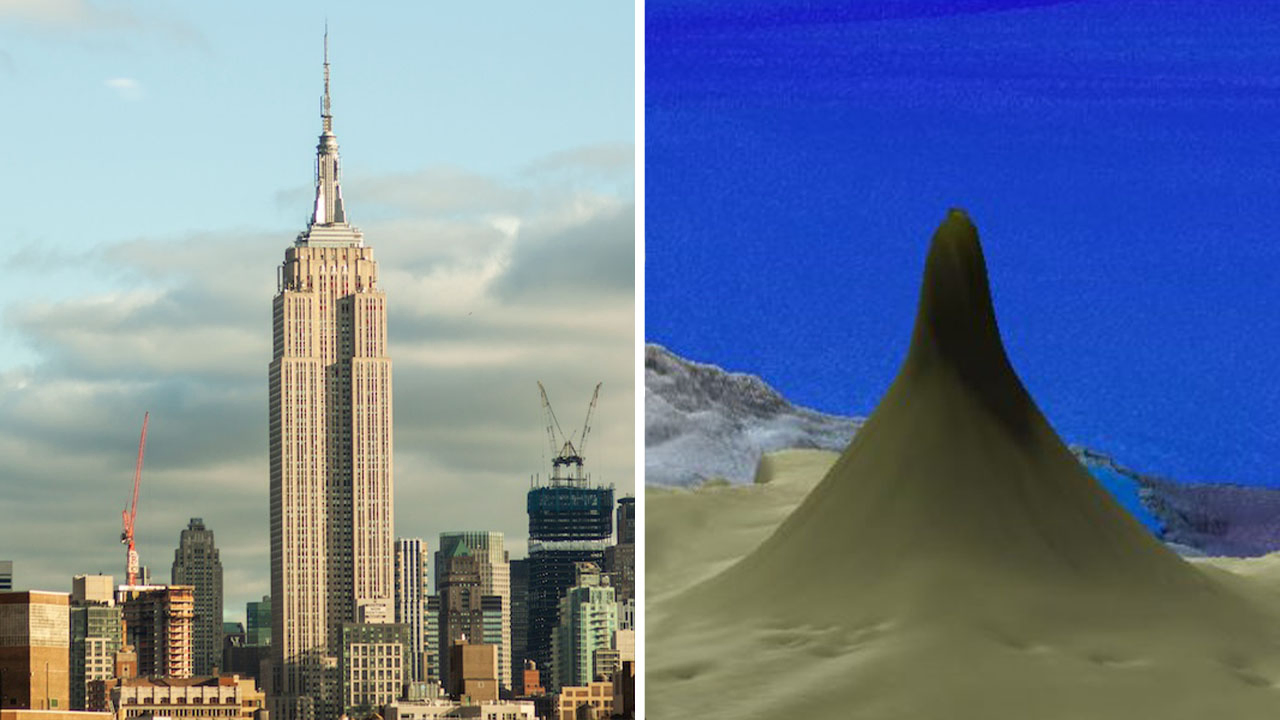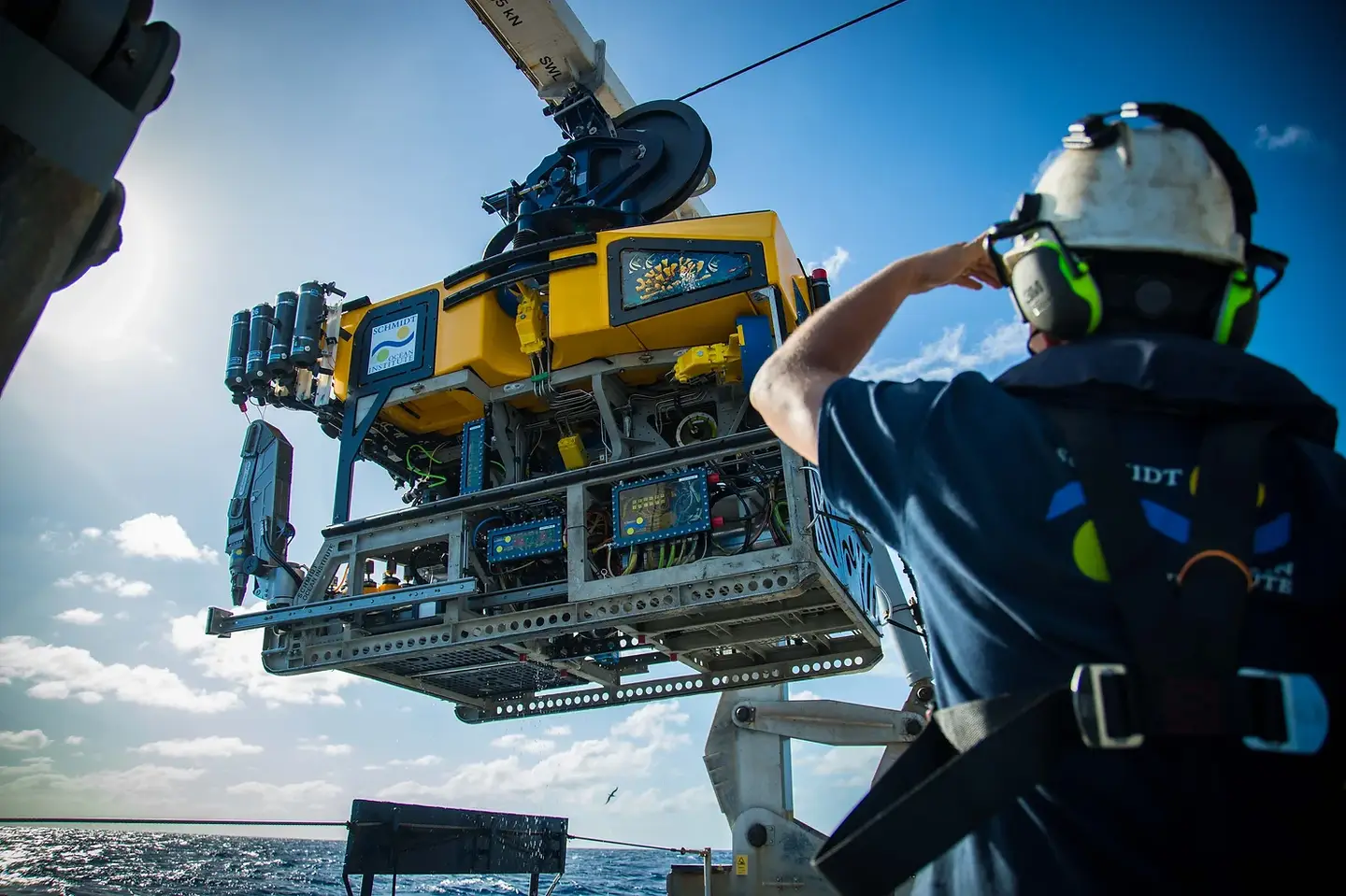Gigantic structure taller than the Empire State Building found hidden off the coast of Australia – The Brighter Side of News

Scientists Discover Massive New Reef in Australia’s Great Barrier Reef
In an astonishing revelation from the depths of Australia’s Great Barrier Reef, scientists have unveiled the discovery of a “massive” new reef. Standing tall at 500 meters (around 1,600 feet), this new reef is an underwater skyscraper, soaring even higher than some of the world’s renowned architectural marvels, including the Empire State Building in New York and the Petronas Twin Towers in Malaysia.
Deep Dive Exploration
This monumental discovery was made in the waters off North Queensland by researchers aboard the Falkor, a vessel from the Schmidt Ocean Institute. Notably, this is the first such reef to be uncovered in over a century. The researchers stumbled upon the massive structure as they meticulously mapped the seafloor of the northern stretches of the Great Barrier Reef.

For perspective, consider this: the newly discovered reef towers above the iconic Empire State Building, which measures 381 meters up to its top floor. It also surpasses the Sydney Tower’s height of 305 meters and even the majestic Petronas Twin Towers, which stand at 451.9 meters.
Thanks to modern technology, the team wasn’t just limited to mapping. Using an underwater robotic explorer affectionately named SuBastian, they dived deep to examine this newfound marvel up close. The robot not only offered an intimate view of the reef but also enabled a live stream of the entire exploration, granting viewers worldwide a firsthand experience.
A Precious Ecosystem Under Threat
Spanning nearly 133,000 square miles, the Great Barrier Reef is the largest of its kind on our planet. This vibrant underwater ecosystem is teeming with life, housing over 1,500 fish species, 411 varieties of hard corals, and numerous other marine species.
However, behind the wonder of this discovery lies a grim reality. The Great Barrier Reef faces grave challenges. Recent studies have delivered concerning data, showing that the reef has witnessed a loss of 50% of its coral populations in merely the last three decades. A significant factor behind this disturbing trend is climate change, which is rapidly altering and disturbing this once-thriving ecosystem.

While the discovery of the new reef offers a glimmer of hope and wonder about the ocean’s mysteries, it also underscores the urgency to address the looming threats.
Our ocean continues to surprise us, but it also serves as a reminder of the delicate balance and profound interdependence of life on Earth.
SDGs, Targets, and Indicators
SDGs Addressed or Connected to the Issues Highlighted in the Article
- SDG 14: Life Below Water
- SDG 15: Life on Land
Specific Targets Based on the Article’s Content
- SDG 14.2: By 2020, sustainably manage and protect marine and coastal ecosystems to avoid significant adverse impacts, including by strengthening their resilience, and take action for their restoration in order to achieve healthy and productive oceans.
- SDG 15.5: Take urgent and significant action to reduce the degradation of natural habitats, halt the loss of biodiversity, and protect and prevent the extinction of threatened species.
Indicators Mentioned or Implied in the Article
- Extent of coral reef coverage and health
- Population trends of coral species
- Extent of degradation of natural habitats
- Number of threatened species
Table: SDGs, Targets, and Indicators
| SDGs | Targets | Indicators |
|---|---|---|
| SDG 14: Life Below Water | Target 14.2: By 2020, sustainably manage and protect marine and coastal ecosystems to avoid significant adverse impacts, including by strengthening their resilience, and take action for their restoration in order to achieve healthy and productive oceans. | – Extent of coral reef coverage and health – Population trends of coral species |
| SDG 15: Life on Land | Target 15.5: Take urgent and significant action to reduce the degradation of natural habitats, halt the loss of biodiversity, and protect and prevent the extinction of threatened species. | – Extent of degradation of natural habitats – Number of threatened species |
Explanation:
1. The issues highlighted in the article are related to the Great Barrier Reef, a marine ecosystem. SDG 14, which focuses on Life Below Water, is directly connected to the conservation and sustainable management of marine and coastal ecosystems.
2. The specific targets identified are SDG 14.2 and SDG 15.5. SDG 14.2 aims to sustainably manage and protect marine and coastal ecosystems, while SDG 15.5 focuses on reducing habitat degradation and preventing species extinction.
3. The indicators mentioned or implied in the article include the extent of coral reef coverage and health, population trends of coral species, extent of degradation of natural habitats, and the number of threatened species. These indicators can be used to measure progress towards the identified targets by assessing the condition and conservation status of the Great Barrier Reef and its associated ecosystems.
Source: thebrighterside.news








